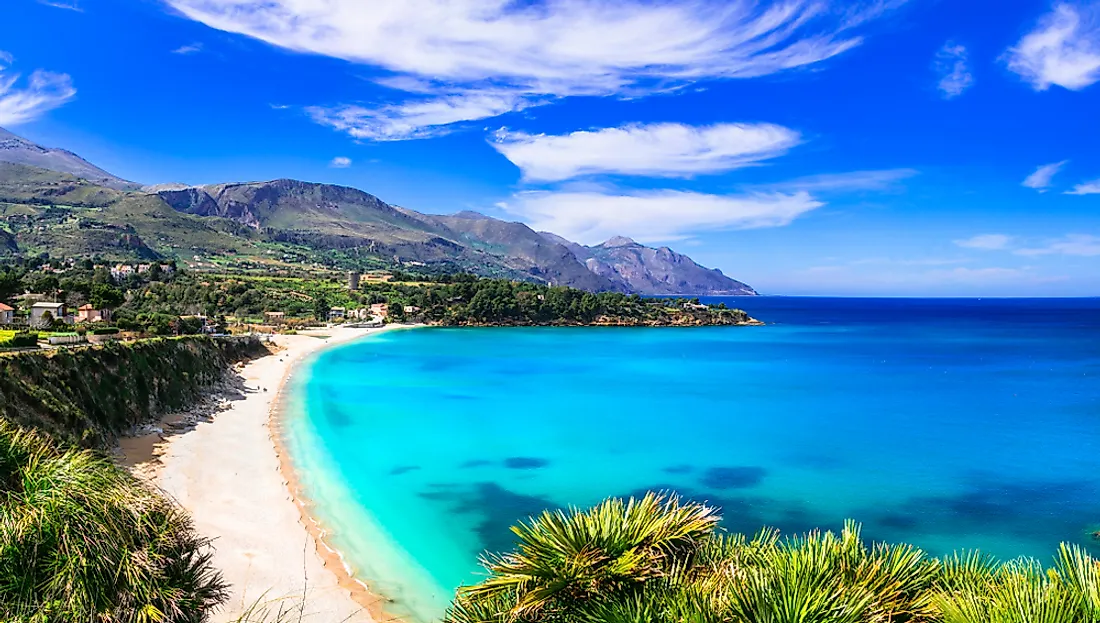Is Sicily a Part of Italy?

Sicily is an autonomous island region of Italy that is located in the Mediterranean Sea. Sicily and a group of small islands around it make up the region known as Regione Siciliana. As an autonomous region of Italy, Sicily is not a country. By definition, a country refers to a politically defined area that has complete sovereignty in the running of its government. The island became a part of Italy on March 17, 1861, when the current Italian Republic was known as the Kingdom of Italy. In 1946, after Italy became a republic, the Constitution of Italy recognized Sicily as one of the country's five autonomous regions.
As an autonomous region, Sicily has its own President of Regional Government (similar to a governor) who serves as the head of government. The region also has a regional assembly that is lead by a speaker. The regional president is elected into office by popular vote and is assisted by presidents on the provincial level, mayors and other smaller positions. However, Sicily still operates under the government of Italy.
Geography
Due to the triangular shape of the region, Sicily is sometimes referred to as Trinacria. The region has a total coast length of about 922 miles and a total area of approximately 9,927 square miles. Including the surrounding islands, which are smaller, the entire Autonomous Region of Sicily has an area of 10,698 square miles. The capital of Sicily is Palermo.
The terrain is mountainous, with at least one mountain in the north, east, and south. For example, the north has several mountain ranges like Mount Etna (10,990 feet) to the east, while the south has the lower Hyblaean Mountains (3,300 feet). Together with its surrounding islands, Sicily has a number of active volcanic mountains such as the massive Etna.
Economy
The strong economy of Sicily has ensured that it is Italy’s eighth richest region in terms of total gross domestic product (GDP). One of the strongest economic sectors is the agricultural sector that has flourished due to the rich volcanic soils. Some of the agricultural products grown include citrons, wheat, olives, and almonds. Livestock, such as sheep and cattle, are also reared. The blooming agriculture has made Sicily into the globe’s largest producer of wine. The industrial and manufacturing sector has also improved after making improvements to the road infrastructure. As of 2016, the region had a nominal GDP of $102 billion.
Demographics
Sicily is composed of a blend of cultures from all over the world. These cultures include the native Italic people, Greeks, Arabs, Spaniards, and others. These groups make up the island’s population of about 5,029,675, which is about 8.3% of Italy’s total population. Due to more employment opportunities elsewhere, the region has experienced negative immigration as people head for better opportunities in northern Italy. The total number of immigrants stands at around 175,000 people, with Romanians making up about 50,000. The majority of this population speaks both Sicilian and Italian, although the different cultures each have their own languages.











